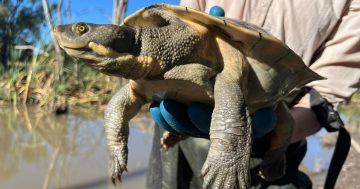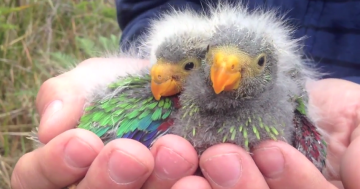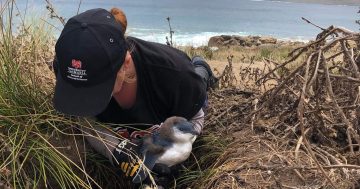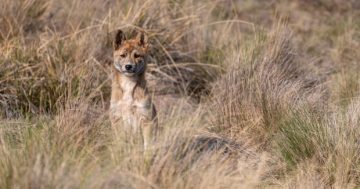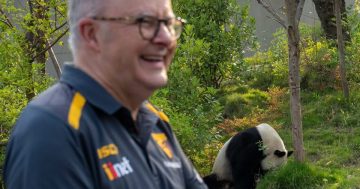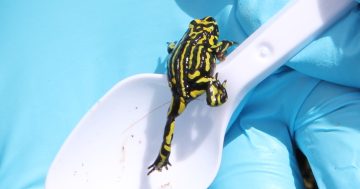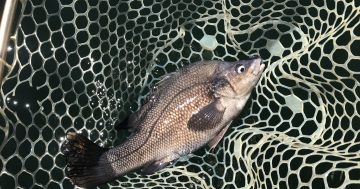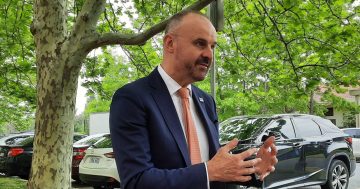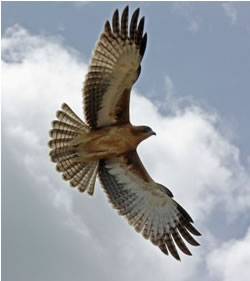 The Environment, Planning and Sustainable Development Directorate’s Conservator for Flora and Fauna, Ian Walker, has reported that the threatened Little Eagle is “doing better” than expected, with a record number of chicks born in the ACT in the 2017–18 breeding season.
The Environment, Planning and Sustainable Development Directorate’s Conservator for Flora and Fauna, Ian Walker, has reported that the threatened Little Eagle is “doing better” than expected, with a record number of chicks born in the ACT in the 2017–18 breeding season.
“Six of the pairs laid eggs and four chicks were reared,” Mr Walker said, “one each from two nests and two from another.”
He said this is the highest annual number of egg-laying pairs recorded in recent years in the ACT.
“Although this does reflect a greater search effort, it is nevertheless exciting and indicates that the eagle is doing better than we feared,” Mr Walker said.
He said the researchers also observed another two pairs of Little Eagles, but breeding activity was not confirmed, while two nesting pairs in nearby NSW also hatched chicks.
“All these nesting areas will be monitored in future to build a thorough knowledge of the breeding ecology of Little Eagles in the ACT and surrounding NSW so we can help maintain a long-term viable population of the eagles in our district,” Mr Walker said.
He said the monitoring group included researchers from the Australian National University, the Environment Directorate, the Commonwealth Scientific and Industrial Research Organisation and the Ginninderry Development Project, and was recently joined by a Little Eagle researcher from the University of New England.
“Live webcams were installed above one of the nests prior to the breeding season to record the eagles’ nesting habits and breeding behaviour,” Mr Walker said.
He said a pair of eagles took possession of the nest and added fresh material; the male fed the female on the nest and they mated.
“As many eagles of various species do, the pair then switched nests to lay their eggs about 2 km away,” Mr Walker said.
He said of the four chicks that were raised, one female was fitted with a tracking tag in December.
He said she moved increasing distances from her nest as she grew older and stronger, flying over urban areas and visiting several urban nature reserves.
“Then, on 11 March, at less than six months old, she literally flew the nest and is now 1,000 km away in south-east Queensland.
“It will be interesting to see where she goes next and whether she’ll return to Canberra,” Mr Walker said.


